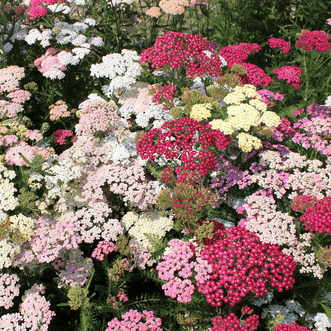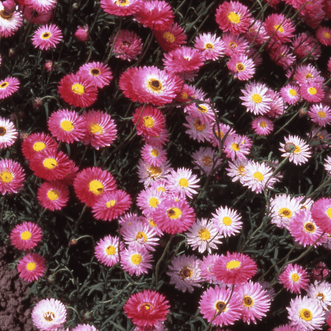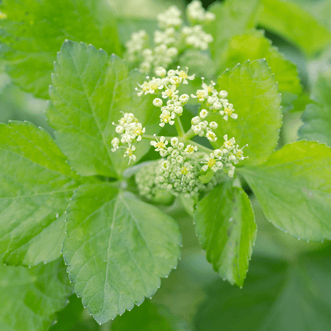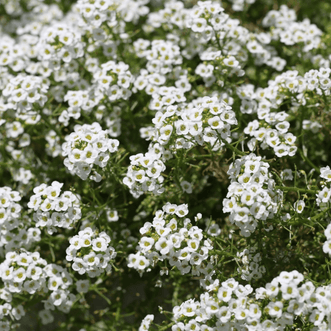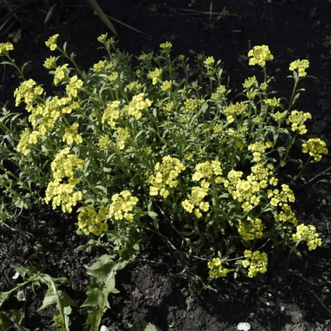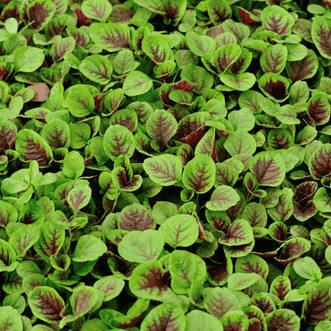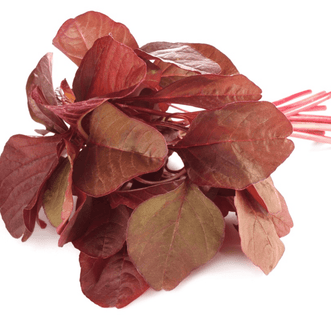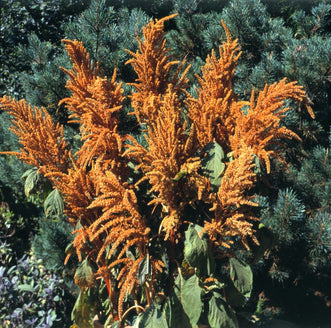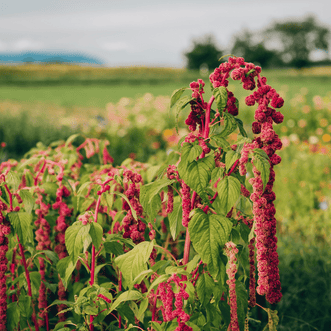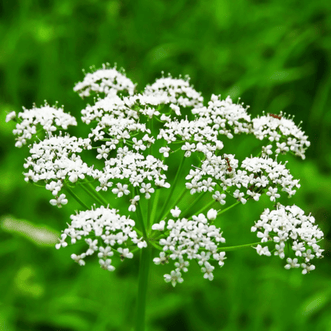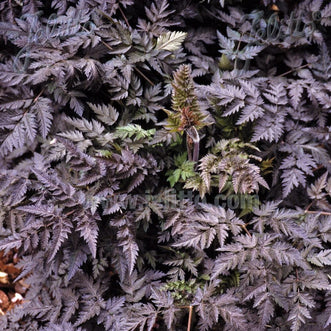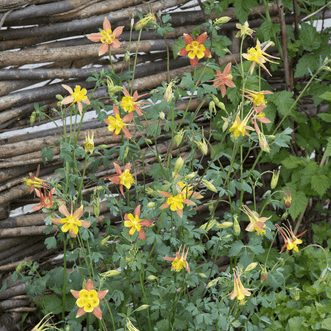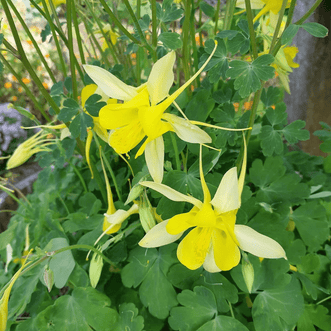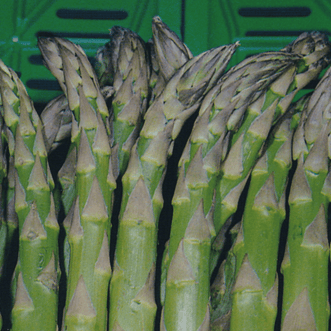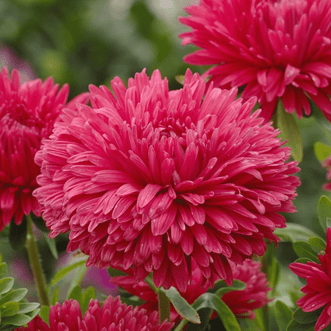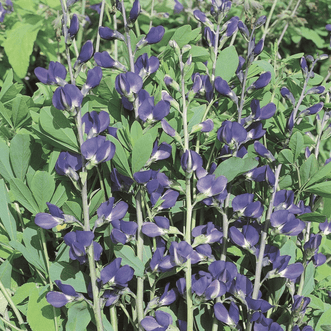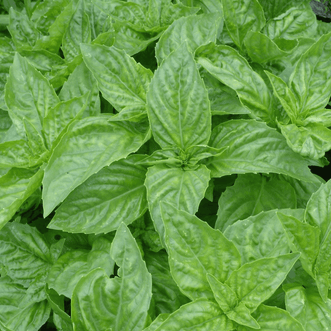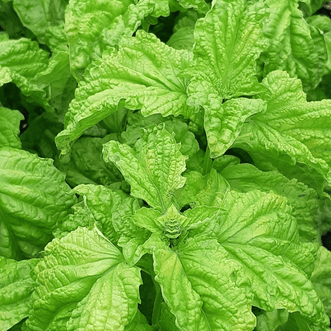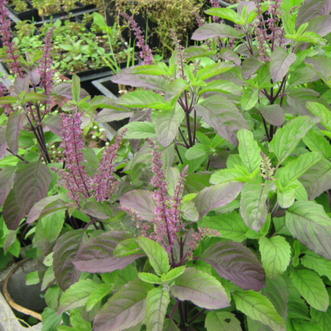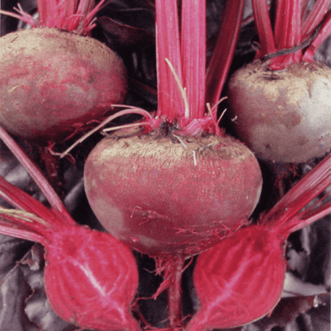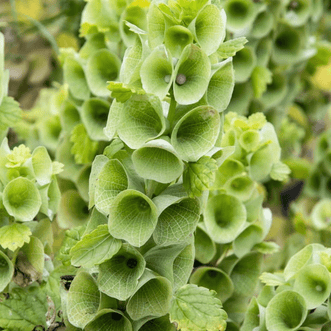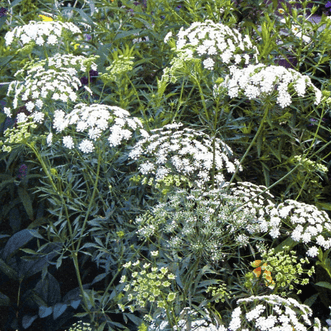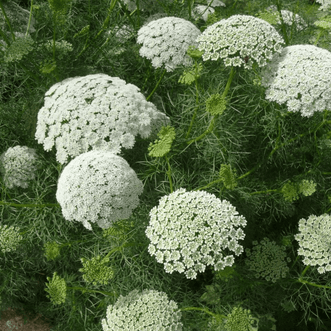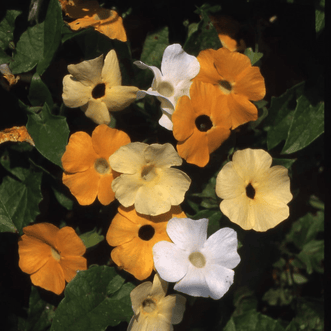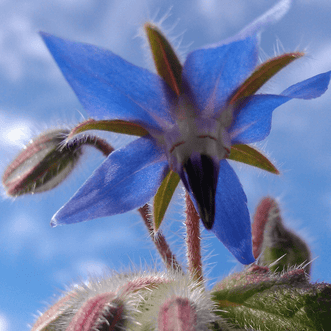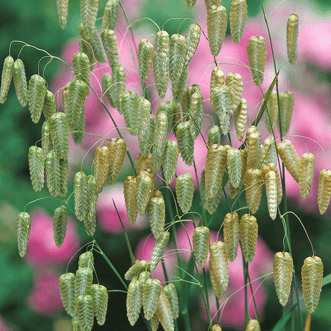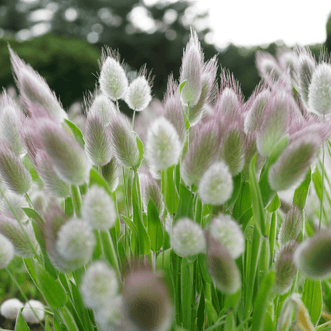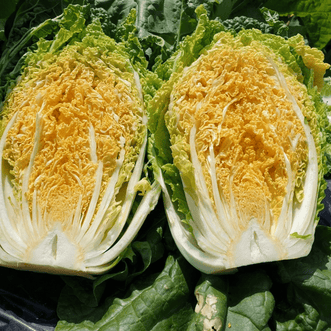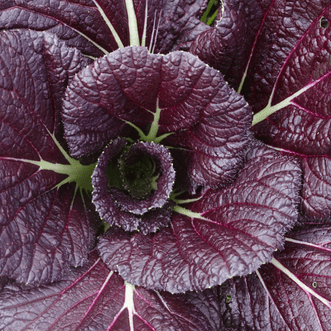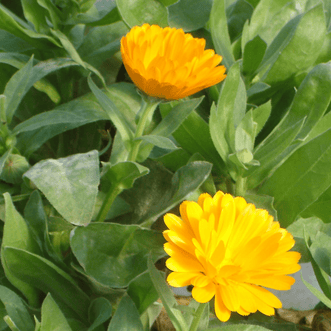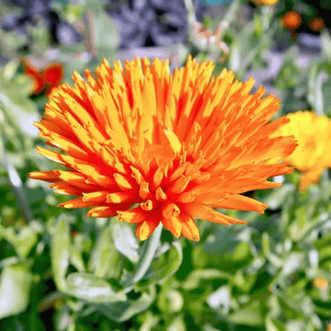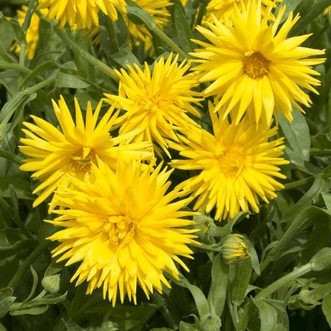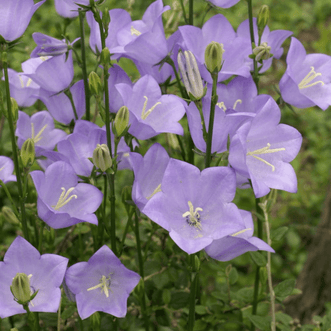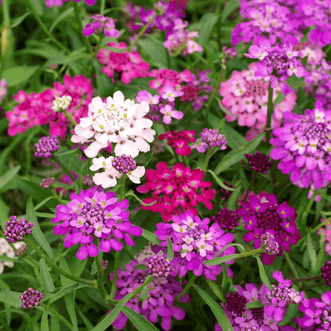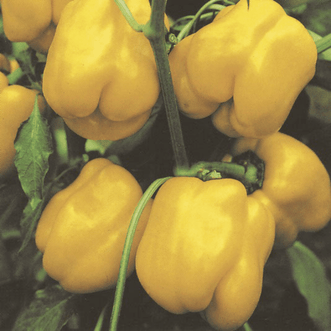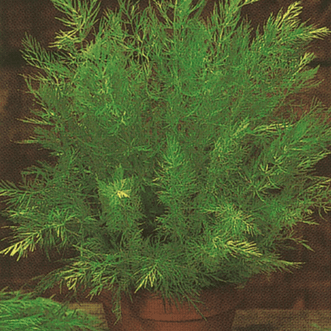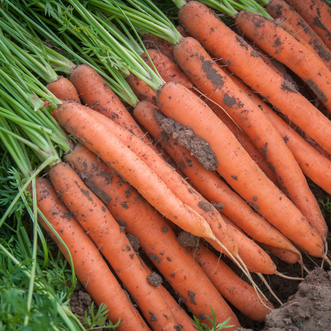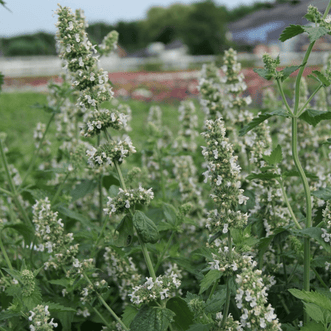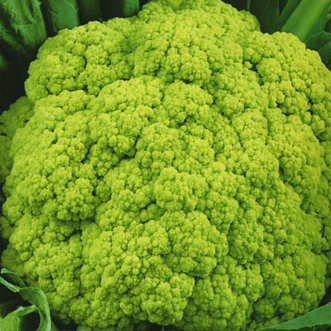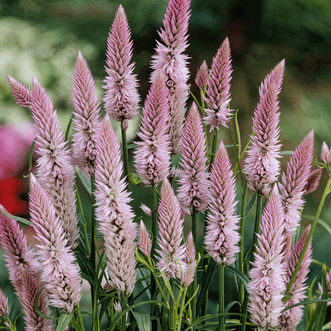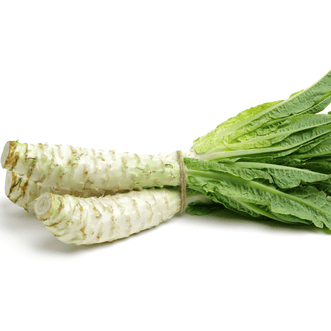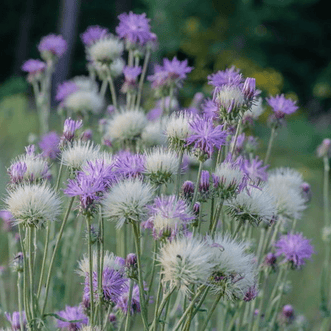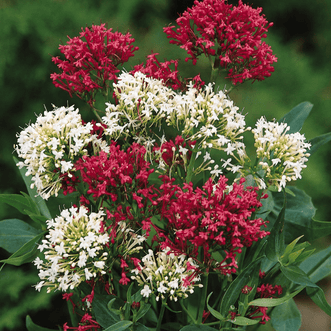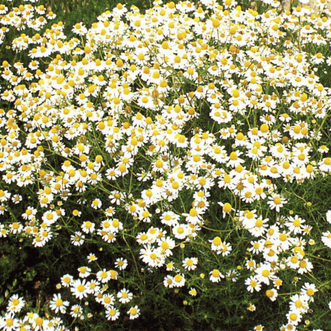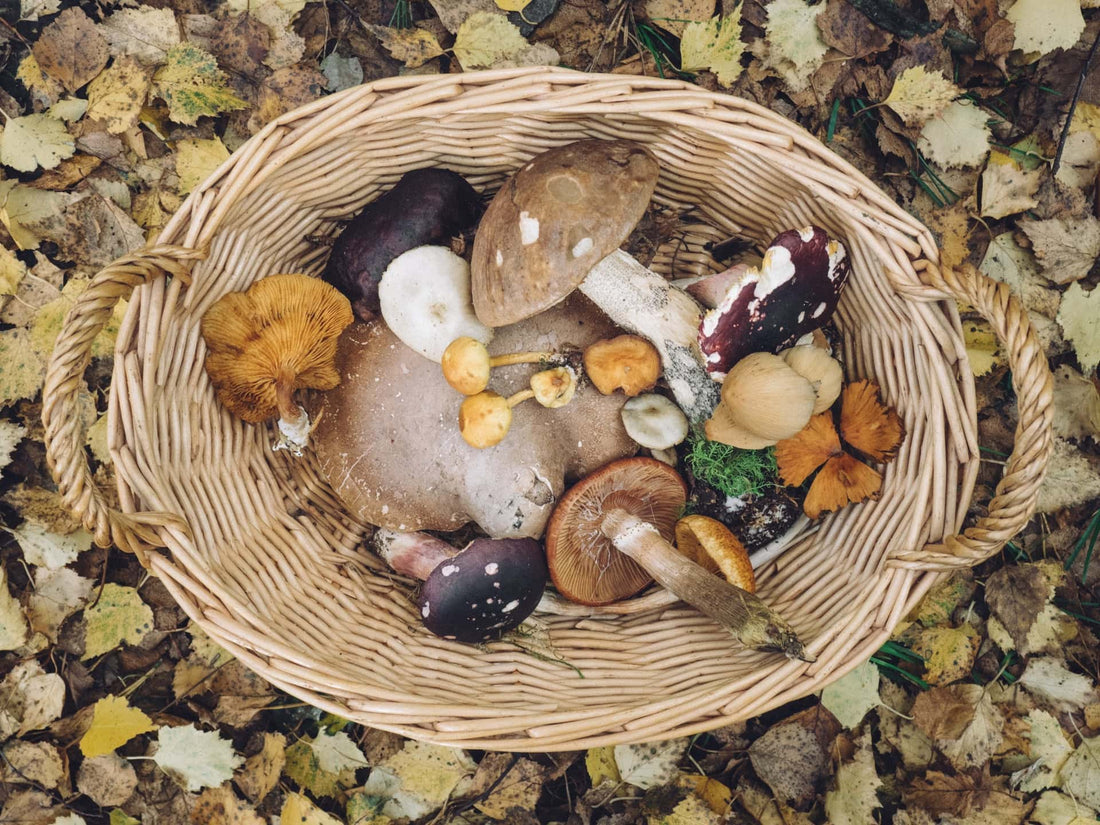
Mushrooms!
CarolynDon't you just love it when a plan comes together?? Especially when there has been some patient waiting involved!! Well this week, something very exciting has happened in the garden, so I have a story to tell you.....
The Story of the Mushroom Logs
This story begins back in July last year, when we were able to lay our hands on some freshly cut oak logs. We had been really keen to make some mushrooms logs and now we had the opportunity. The logs had to be left for 3-6 weeks, which gave us time to order some mushroom dowels (from Mushroom Gourmet) and organise a mushroom log workshop day with a group of friends. The workshop was at the beginning of September. I would love to show you some photos of the workshop but we were far too busy drilling holes, hammering and melting beeswax to take any photos on the day!
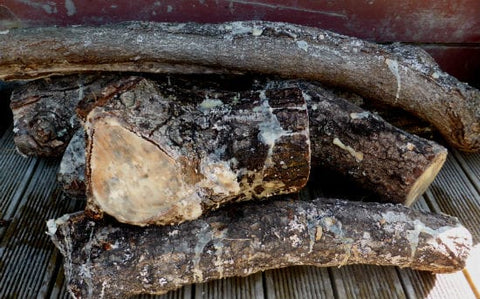
Since the workshop, our mushroom logs have been resting in a shady spot in our garden. Then we had to move house so our mushroom logs made the long journey down to the Central Plateau and found a new home in a shady spot on the deck. The mycelia have had seven months to colonise the logs. We had planned ahead of time to share a bit about mushroom logs in this week's blog post, so with the deadline approaching, I decided it was time to try out some advice on how to encourage the mushroom logs to fruit.

Just over two weeks ago, I soaked the mushroom logs overnight in a wheelbarrow of water and then thumped them hard on the ground. And it worked!! This week our first Shiitake Mushrooms have begun to grow from the logs! I am so excited!
So in case any of you would like to have a go at making your own mushroom logs, I have selected some of the information we put together as workshop notes for the mushroom log making workshop and have included it in this blog post:
First, select your mushroom.
We chose to grow Shiitake Mushrooms...

Shiitake Mushrooms
What are Mushroom Dowels?
The plugs are small wooden dowels colonised with mycelium, the mushroom’s root network. The dowels must be stored in the fridge until you are ready to insert them into your logs. This is best done within three months, although the dowels will keep longer.
What logs to use?
The main structures of a log are bark, sapwood, and heartwood.
The bark is made up of inner bark and outer bark and the fruiting body primordia are formed in the inner bark (cambium).
Sapwood is distinguished from heartwood by its colour, - sapwood is lighter than heartwood.
Shiitake mycelia colonise sapwood, which contains available polysaccharides, but do not grow easily into heartwood. When you are choosing your wood for mushroom logs, it is therefore better to choose wood that has a wide sapwood section.
How To Make a Mushroom Log
-
You will be drilling holes in your log and inserting a mushroom dowel into each hole. Logs with a diameter of less than 20cm will have four lines of holes. Logs bigger than 20cm in diameter should have five lines of holes.
-
Drill your first hole 5cm from one end of the log, then continue along this line, drilling another hole every 10cm.
-
Cleanly insert a shiitake dowel into each hole by giving a light tap with a hammer.
-
Use a punch to tap the dowel in to below the level of the bark.
-
Seal by pouring a little melted wax into each hole to protect the plug.
Care of the completed Mushroom Log
A mushroom log is a living organism. The mycelia cells are growing constantly, replacing the wood cells with their own cells. The cells need air, water and light to grow, so leave the mushroom log in a shady, moist place with good airflow, avoiding direct contact with the soil. During long periods of drought, soak your logs occasionally. It will take about six months to a year for your mushroom logs to begin producing mushrooms.
To force-fruit your log, soaking it for 12-24 hours in cold water. First the log will "pin" - you will see little white buds breaking through the bark. The pins will fruit into beautiful brown mushrooms. You may only get a few at first, but as the mycelia fill the log, you will get more mushrooms and in the second and third year the log will produce bigger yields.
After the log fruits, it needs water and rest. Rest the log for at least two months so that the mycelia cells can recover, grow and prepare to fruit again. A mushroom log will continue to produce flushes of mushrooms for about 4 years - until all the wood cells have been replaced.
Harvesting your Shiitake Mushrooms
Fruiting occurs naturally in Autumn and Spring. Either cut or twist the mushroom off the log when the cap is three to four inches across. Don't just pull the mushroom off or you may damage the bark. Trim off the tough part of the stem before cooking and eating. Always be sure that you have correctly identified mushrooms before eating them. After harvesting the mushrooms, continue to keep the log in the shade and the log should fruit again in about six weeks.
....so, back to the Story of our Mushroom Logs...

We weren't sure whether our logs would do well....we had tried to make sure the best logs went to the workshop attendees, so the ones we kept for ourselves were all slightly less-than-perfect.

But - yay - it is looking like the experiment has been a success.....the first Shiitake harvest for us is just days away and I am looking forward to that first taste!!

